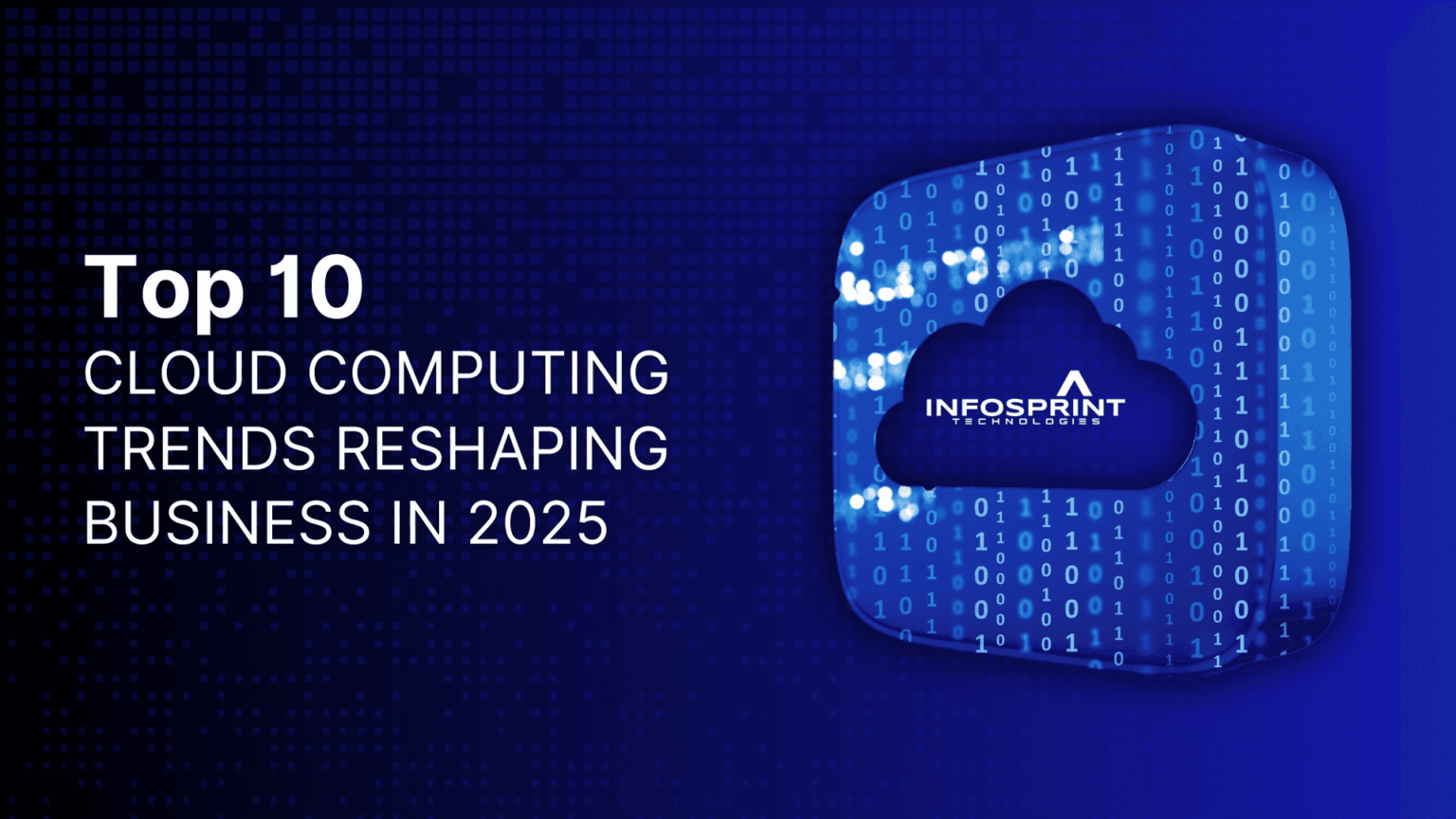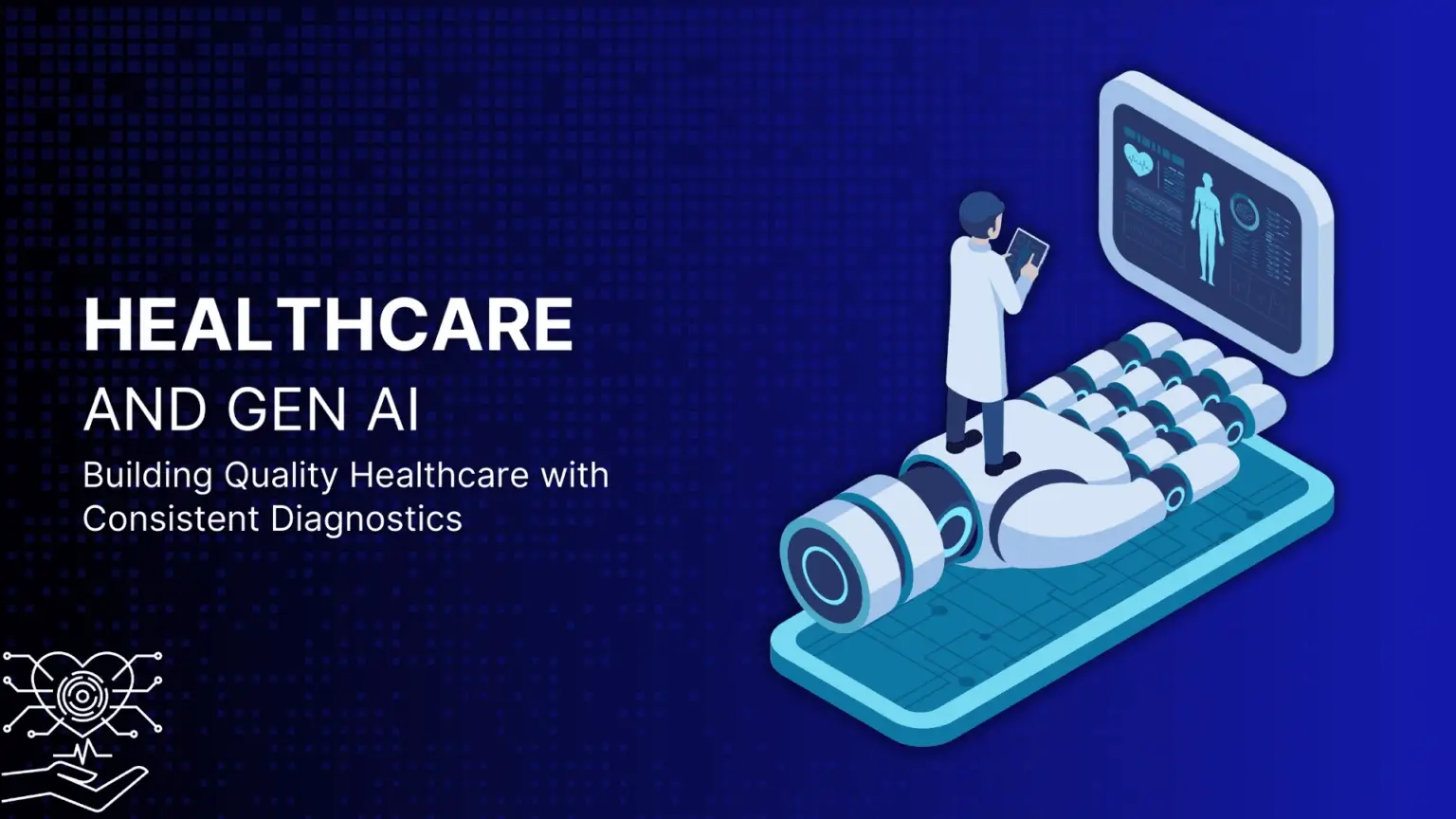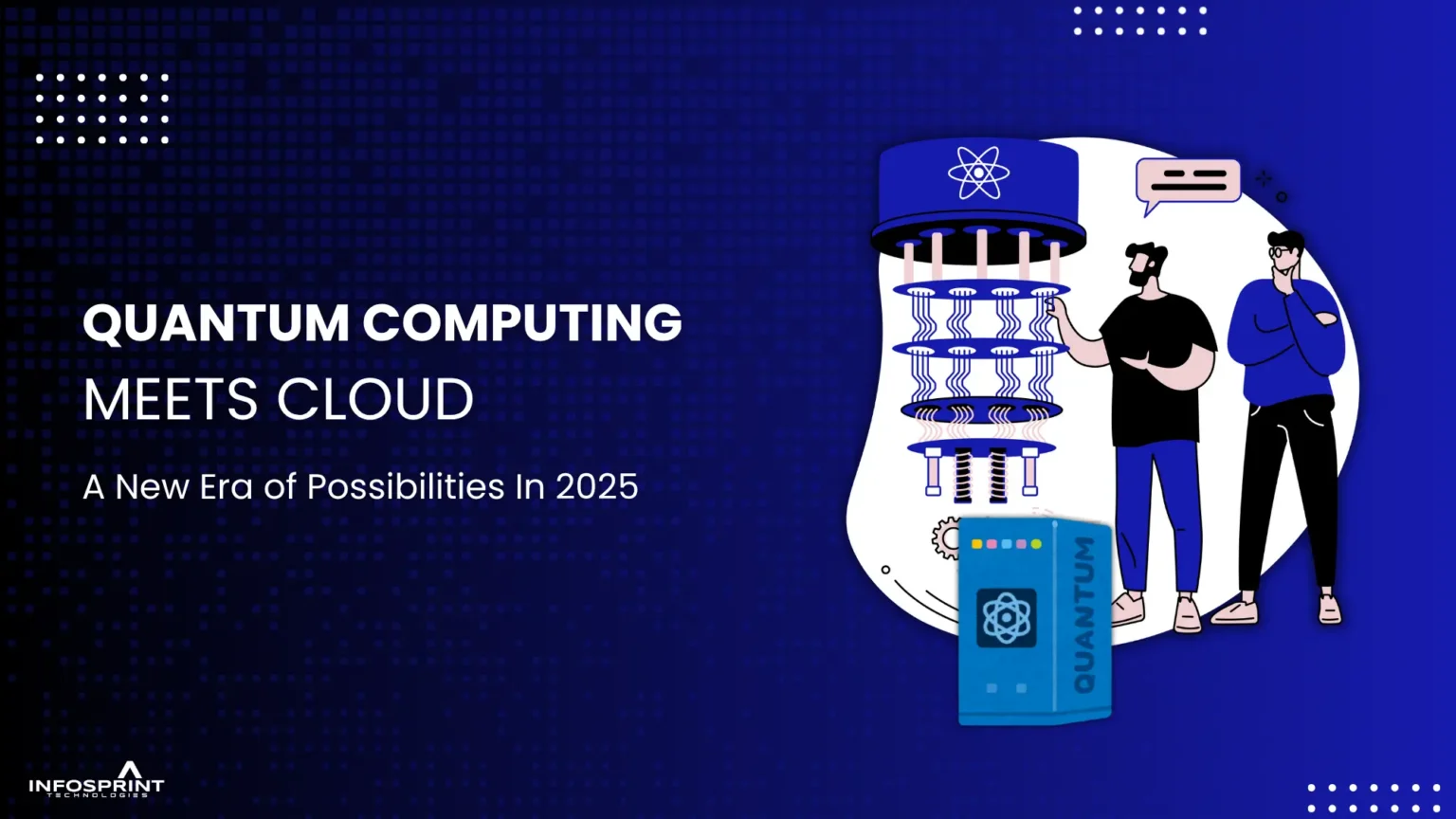September 2025 Tech Trends: Cloud, AI, Cybersecurity & Automation

- Cybersecurity: A Month of Breaches, Extortion, and Public Outrage
- AI: Agents, Copilots, and Enterprise Governance Challenges
- Cloud: Incremental Upgrades and Steady Expansion
- Automation: RPA Vendors Keep Building, Quietly but Steadily
- Software Development: From TypeScript to Windows 11
- Final Thoughts: Preparing for Q4 2025
- FAQs
“Technology doesn’t wait — it disrupts.”
This September proved that once again, with ransomware attacks shaking public trust, AI copilots entering mainstream workflows, and cloud giants quietly reshaping the backbone of global businesses. One breach, one patch, or one update today can have a ripple effect across industries tomorrow.
For leaders, developers, and enterprises, the stakes are higher than ever. Over 57% of breaches now involve third parties, AI adoption is outpacing governance, and cloud services are changing more quickly than most IT teams can anticipate.. If you’re not tracking these shifts, you’re already behind.
At Infosprint Technologies, in this month-end roundup, we broke down the most impactful stories in cloud, cybersecurity, AI, automation, and software development — not just what happened, but what it means for you heading into Q4 2025.
1.Cybersecurity: A Month of Breaches, Extortion, and Public Outrage
If there’s one theme that defined September, it’s cybersecurity under fire. Several high-profile incidents surfaced, but none stirred emotions more than the attack on a UK nursery chain, where ransomware actors exposed photos and personal details of children. Public outrage was immediate and visceral — this wasn’t just about stolen data, but about violating one of society’s most vulnerable groups.
Other incidents added to the sense of unease. Extortion campaigns targeted enterprise ecosystems, with threat actors attempting to ransom Oracle customers and other SaaS-dependent organizations. The attacks highlighted just how deeply supply chain and vendor risks now shape security postures.
Why it matters:
- Breaches are no longer abstract — they directly touch human lives, fueling social and regulatory pressure.
- Enterprises dependent on SaaS or cloud services cannot assume vendors are “secure by default.” Vendor risk management and continuous monitoring are now boardroom topics.
- Governments are likely to respond with tighter regulations around data storage, child data protection, and incident disclosure laws.
Recommendations:
- Conduct quarterly vendor audits — even for “trusted” enterprise vendors.
- Update your incident response runbooks to include scenarios involving third-party breaches.
- Enforce multi-factor authentication and least-privilege access across admin tools.
Takeaway: September reminded us that cybersecurity is not just a technical concern — it’s societal, reputational, and regulatory.
2.AI: Agents, Copilots, and Enterprise Governance Challenges
While cybersecurity brought fear and urgency, AI sparked curiosity and excitement this month. Major players, including Microsoft, OpenAI, Anthropic, and GitHub, rolled out updates that took AI from “assistant” to agentic workflows.
- Copilot integrations expanded across Microsoft Office, GitHub, and even Windows itself, with GPT-5-level reasoning powering more autonomous code and content generation.
- AI model routing emerged as a significant theme, featuring “smart mode” capabilities that select the most suitable model for a specific task (e.g., summarization, reasoning, or coding).
- GitHub Copilot received updates that moved it closer to being a true coding partner, with automated fixes, context-aware pull requests, and agent-driven task execution.
AI is rapidly shifting how software is built — see Stop Writing Code! AI Code Assistants & No-Code Are the Future for a broader Perspective on How Non-Developers Are Already Using These Tools.
Why it matters:
- Developers gain productivity, but code review, testing, and security must adapt to AI-generated code.
- Enterprises must strengthen governance around AI usage policies, prompt logging, and human-in-the-loop controls to ensure effective management and oversight.
- AI is no longer optional in workflows — ignoring it means falling behind, but adopting it recklessly introduces risk.
Recommendations:
- Start AI pilots in low-risk environments (internal tools, documentation).
- Log every AI agent action in dev workflows for auditability.
- Train teams not just on how to use AI tools but on when not to.
As more teams embed agents into dev workflows, securing AI-generated or low-code apps becomes critical — read Low-Code App Security to understand the hidden risks and best practices
Takeaway: September showed us that AI is evolving from a productivity booster to a strategic necessity — but it needs rails.
3.Cloud: Incremental Upgrades and Steady Expansion
Unlike AI and security, the cloud space experienced no single “shockwave” moment in September — instead, it saw steady, significant platform updates.
- Google Cloud made Gemini 2.5 available in Vertex AI, signaling how foundational models are becoming core to cloud service portfolios.
- AWS and Azure quietly released multiple runtime and security patches, preparing the stage for their larger Q4 conferences (AWS re: Invent in December and Microsoft Ignite in November).
- Enterprises saw several scheduled maintenance windows and managed runtime upgrades — small events that can cause significant disruptions if not planned for.
Why it matters:
- AI services are being deeply embedded in cloud ecosystems, meaning model access will soon be as standard as storage or compute.
- Security and compatibility updates are often easy to overlook, but they can break integrations if not closely tracked.
- Cloud customers face a growing challenge: keeping pace with continuous change while maintaining control over costs and compliance.
Recommendations:
- Map your dependencies: know which services rely on specific cloud runtimes.
- Automate monitoring of cloud release notes to avoid being caught off guard.
- Evaluate AI model usage not just for technical fit, but also for pricing and data residency compliance.
Takeaway: September reinforced that cloud isn’t slowing down — it’s accelerating with AI as the fuel.
4.Automation: RPA Vendors Keep Building, Quietly but Steadily
While AI grabbed the headlines, automation saw a quieter but equally important wave of updates. UiPath, one of the RPA leaders, rolled out several September release notes, including:
- Cloud outbound IP expansions (critical for firewall configurations).
- Studio Web improvements that make automation more accessible to business users.
- Backend platform hardening for stability and compliance.
Why it matters:
- Even small updates, such as IP range changes, can disrupt production automation if ignored.
- Web-based authoring democratizes automation, letting non-technical staff build workflows — but introduces governance challenges.
- The line between RPA and AI-driven automation continues to blur, as vendors slowly embed more intelligence into bots.
Recommendations:
- Subscribe to automation vendor release feeds and integrate them into your change management workflows.
- Test automation flows after outbound IP or firewall-related changes.
- Start experimenting with AI-enhanced bots, but keep traditional RPA for high-volume, rule-based tasks.
Takeaway: September’s automation story was about stability and accessibility — less hype, but a foundation for long-term gains.
Check out our deep dive into RPA automation strategies: Why RPA is essential for business growth in 2025
5.Software Development: From TypeScript to Windows 11
The software development world saw significant upgrades in tooling in September, which will impact developers across various industries.
- TypeScript 5.9 rolled out, continuing its steady evolution to make the developer experience smoother and more productive.
- GitHub Copilot updates made coding more collaborative with agent-like pull request features.
- Windows 11 25H2 has begun its rollout, introducing AI-assisted features, security updates, and improvements to the developer environment.
With TypeScript updates and Copilot’s agent features, development teams must rethink processes. Our post, The Future of Agile Software Development, outlines emerging practices you can apply now
Why it matters:
- Language and framework upgrades (like TypeScript) boost developer velocity but require careful migration testing.
- Copilot’s new capabilities may change how teams structure pull requests, reviews, and automated testing.
- Operating system updates are crucial for enterprise developers, as they are essential for CI/CD runners, local development environments, and security compliance.
Recommendations:
- Plan a staged rollout for Windows 11 25H2, especially in dev-heavy organizations.
- Update CI/CD pipelines to validate compatibility with TypeScript 5.9.
- Create internal guardrails for Copilot usage — treat AI-generated code like junior developer code: proper, but needs oversight.
Takeaway: September proved that developer tooling isn’t standing still — from language updates to AI-driven coding assistants, the pace of change is accelerating.
Final Thoughts: Preparing for Q4 2025
September was a reminder that technology isn’t slowing down — it’s colliding with human, business, and societal concerns all at once.
- Cybersecurity incidents will only get more personal and political.
- AI will increasingly integrate into workflows, necessitating urgent governance.
- Cloud updates won’t pause — so dependency mapping is essential.
- Automation is steadily maturing into an integral backbone of the enterprise.
- Developer tooling is being reshaped by both AI copilots and language/OS upgrades.
If your team hasn’t already, now is the time to:
- Audit vendor risks.
- Pilot AI workflows responsibly.
- Automate cloud monitoring for release notes.
- Build a governance framework that bridges cybersecurity, AI, and automation together.
Because in 2025, success isn’t just about adopting technology — it’s about embracing it the right way.
Ready to turn these trends into action for your business? Schedule a free consultation and future-proof your tech strategy for Q4 2025
Frequently Asked Questions
AI tools like GitHub Copilot and Amazon CodeWhisperer are now generating entire components and test cases, enhancing developer productivity by 30–50%.
The emergence of agentic AI has introduced both defensive capabilities and new attack vectors, with 25% of CISOs reporting that AI-generated attacks are a concern.
RPA platforms, such as UiPath and Automation Anywhere, are integrating AI to enhance process automation, with new features aimed at reducing implementation time and costs.
Threats are automatically detected and addressed by agentic AI in real-time. It minimizes human error and strengthens protection against sophisticated attacks.
Start with non-critical apps and empower business users while enforcing governance. This ensures agility without compromising security or compliance.
Related Posts

Top 10 Cloud Computing Technologies to Look Out for in 2025

Consistent Diagnosis: The Cornerstone of Modern Healthcare




